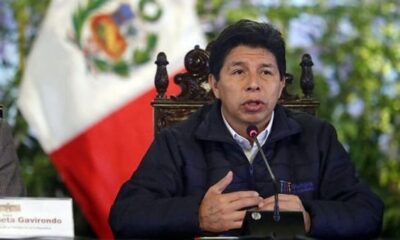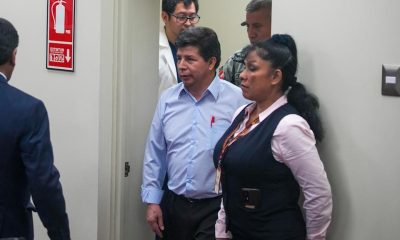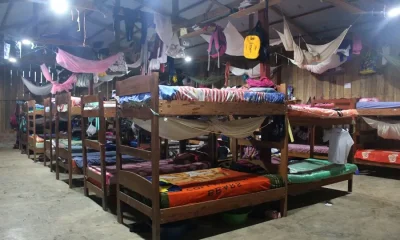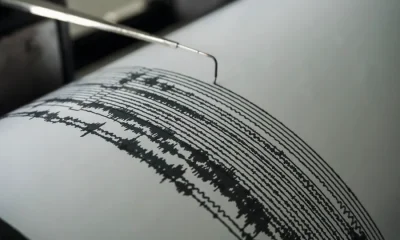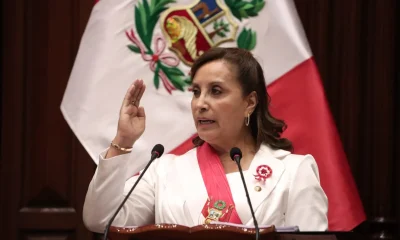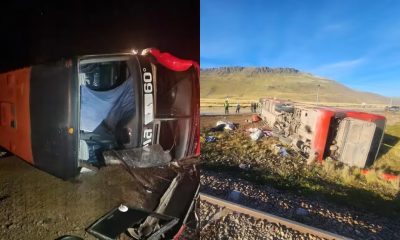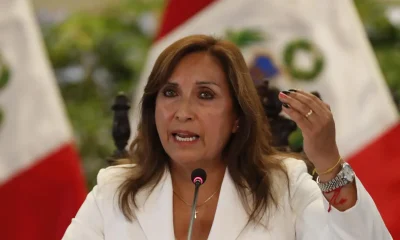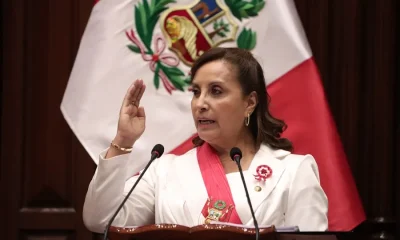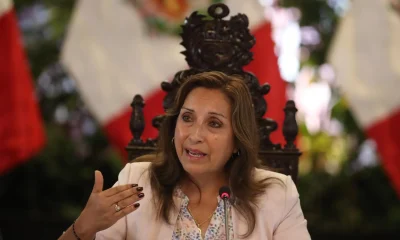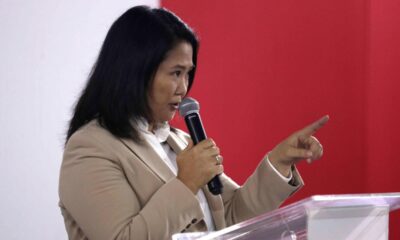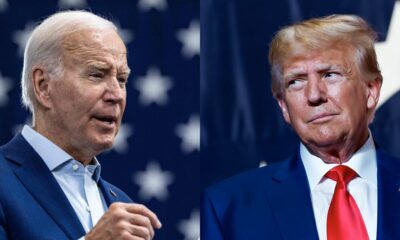International
Peru lawmakers move up general elections to April 2024
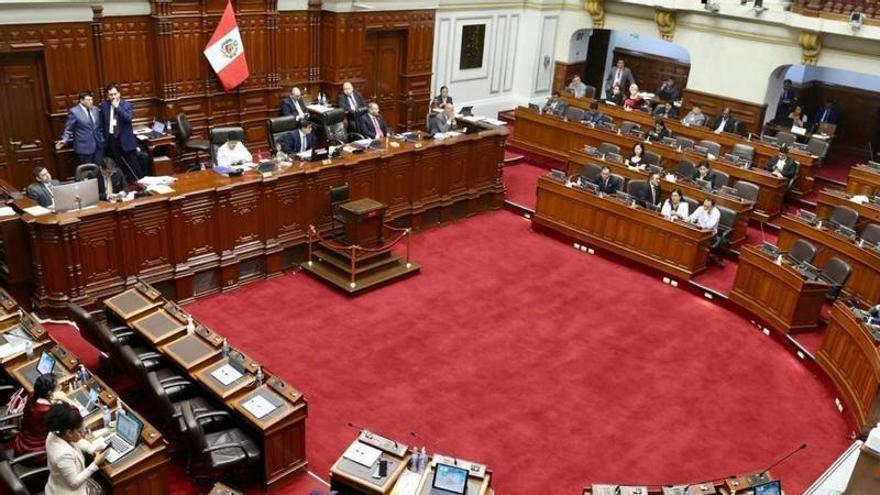
| By AFP | Moisés Ávila |
Peru’s Congress on Tuesday voted to move up general elections from 2026 to April 2024 in a bid to ease tensions and head off deadly protests sparked by the ouster and arrest of president Pedro Castillo.
The political maelstrom has also touched off a diplomatic row with Mexico, which has voiced its support for Castillo, a leftist onetime schoolteacher.
Lawmakers voted 93-30 with one abstention to approve the change in the electoral calendar. The measure also stipulated that current President Dina Boluarte hand power to the winner of those elections in July 2024.
The leader of the legislature, Jose Williams, said for the measure to take effect, it would need to be ratified in another vote in the coming months.
Castillo was removed from office and detained earlier this month after seeking to dissolve Congress to rule by decree. His ousting was criticized by his leftist Latin American allies including Mexico, and brought thousands of his supporters into the streets.
A subsequent security clampdown, including the deployment of armed soldiers during a state of emergency declared under Boluarte, followed. Officials say at least 21 people have died in the unrest. More than 650 others have been injured.
Demonstrations rattled the country, with roadblocks and airport disruptions, and thousands of tourists were left stranded, including at the famed Inca citadel of Machu Picchu.
Polls show that 83 percent of citizens are in favor of bringing elections forward to resolve the crisis roiling the South American nation.
On Tuesday, a delegation from the Inter-American Commission on Human Rights arrived in Lima to meet with authorities as part of a fact-finding mission.
Instability
Castillo, a 53-year-old former union leader, unexpectedly took power from Peru’s traditional political elite in elections last year.
He immediately came under fire, surviving two early impeachment bids, and soon also found himself in the cross-hairs of prosecutors looking into numerous graft claims.
He is the subject of six separate criminal investigations.
Castillo’s brief term in power was plagued by instability, with three prime ministers and seven interior ministers coming and going in just over a year.
He has been ordered held in pre-trial detention for 18 months.
Castillo was arrested as he made his way to the Mexican embassy in Lima to request asylum — sparking a diplomatic row between the two countries.
The government in Lima, which felt slighted by Mexican President Andres Manuel Lopez Obrador’s support of Castillo, on Tuesday declared the Mexican ambassador persona non grata and gave him 72 hours to leave the country.
Mexican Foreign Minister Marcelo Ebrard called Peru’s decision “unfounded and reprehensible.”
“The conduct of our ambassador has been in accordance with the law and principle of non-intervention. Mexico will not change its position,” he wrote on Twitter.
Mexico City meanwhile said it was recalling the ambassador, Pablo Monroy Conesa, “in order to ensure his safety” while adding that its mission would continue to operate normally.
Peru however has granted safe passage for Castillo’s wife and two children to leave the country, in accordance with international diplomatic conventions, and they were at Mexico’s embassy in Lima, having been granted asylum.
Castillo’s wife Lilia Paredes is also under investigation for alleged involvement in a criminal organization.
International
Rubio rules out 2028 presidential bid if Vance runs
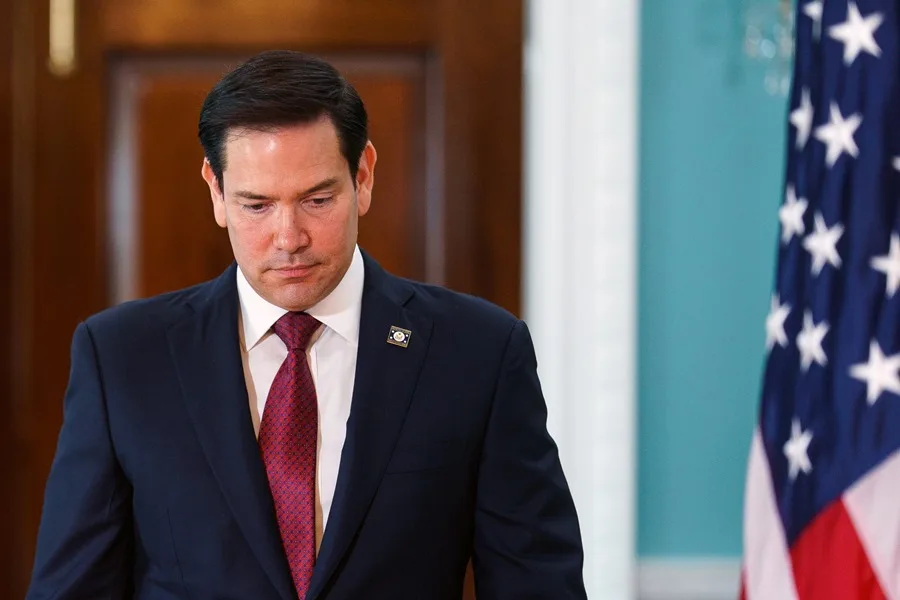
U.S. Secretary of State Marco Rubio said he would not seek the presidency in 2028 if current Vice President JD Vancedecides to run as the Republican nominee to succeed President Donald Trump.
“If JD Vance runs for president, he will be our candidate, and I will be one of the first people to support him,” Rubio said in an interview with Vanity Fair, in which he appeared alongside other senior members of the presidential cabinet.
Rubio, 54, and Vance, 41, are widely viewed as two of the leading Republican figures who could headline the party’s ticket in the 2028 election. Under the U.S. Constitution, Trump is barred from seeking another term after completing two presidential mandates.
In a lighthearted moment during the interview, Vance jokingly offered photographers $1,000 if they managed to make him look better than Rubio in the photos. Both leaders have received public backing from Trump, who last October floated the idea of a joint ticket featuring Rubio and Vance, without clarifying who would lead it.
“I think that if they ever teamed up, they would be unstoppable. I don’t think anyone would run against us,” Trump said at the time.
White House Chief of Staff Susie Wiles, who also took part in the interview, confirmed that Trump does not intend to violate the 22nd Amendment, which prohibits a third presidential term, though she acknowledged that the president is “having fun” with speculation about a possible return to office.
Rubio, the son of Cuban immigrants, served as a Republican senator from 2010 to 2025. He sought the party’s presidential nomination in 2016 but was defeated by Trump after a bruising primary contest. His name was floated as a potential vice presidential pick in 2024, but Vance ultimately secured the spot. After taking office, Trump appointed Rubio as secretary of state, making him the first Latino to hold the position.
International
Authorities search for armed and dangerous suspect in fatal Brown University attack
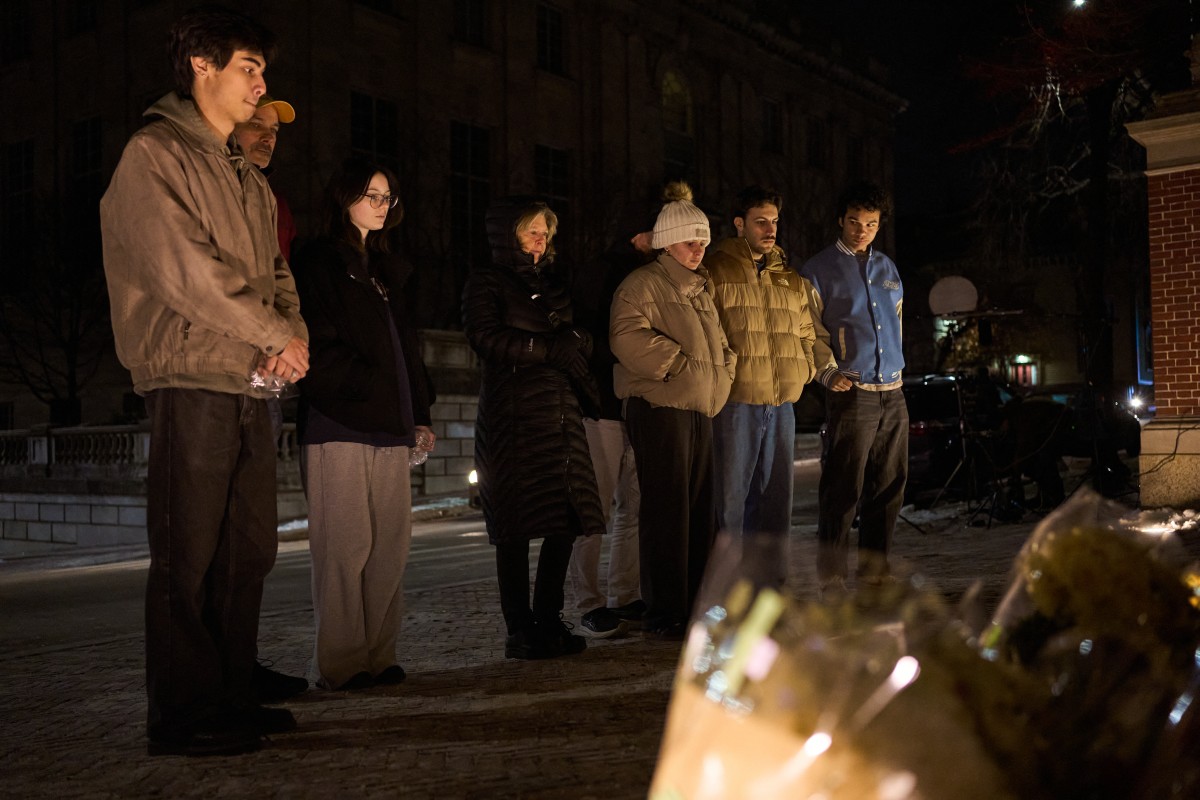
According to the statement, investigators are “seeking the public’s help to identify and speak with an individual” who was seen “near” the suspect at the time of the attack.
The Providence Police Department in Rhode Island released three photos of the person of interest, whose face has been blurred. In the images, the individual is wearing navy blue clothing, what appears to be a green hood, and carrying a light-colored backpack.
Earlier, authorities had released several photos and videos of a suspect described as “approximately 5 feet 8 inches tall, with a stocky build,” dressed in dark clothing, with their face covered by a surgical mask and wearing a beanie. The suspect’s identity remains unknown.
Authorities are offering a $50,000 reward for any information leading to the identification, arrest, and conviction of the person responsible for the killings, who is considered armed and dangerous.
The gunman opened fire on Saturday at Brown University’s engineering and physics building, where exams were being held, killing students Ella Cook and Mukhammad Aziz Umurzokov. The names of the nine people injured have not been released.
International
Police investigate deaths of Rob Reiner and wife as apparent homicide

The Los Angeles Police Department (LAPD) is investigating the deaths of Hollywood actor and filmmaker Rob Reinerand his wife as an “apparent homicide,” amid a wave of tributes to the director of classics such as When Harry Met Sally.
According to U.S. media reports on Sunday, Rob Reiner and Michele Singer Reiner were found dead at their Los Angeles mansion with what appeared to be stab wounds.
Several political figures shared messages of condolence following the reported deaths of the director of A Few Good Menand his wife.
While the LAPD did not officially confirm the identities of the victims, it stated that homicide detectives were dispatched to the Reiner residence.
“At this time, no additional details are available and the investigation into an apparent homicide is ongoing,” the Los Angeles Police Department said in a statement posted on social media.
LAPD Deputy Chief Alan Hamilton told reporters that no arrests have been made and that no individuals are currently being questioned as suspects.
“I’m not going to confirm whether anyone is being questioned at this moment or not. We are going to try to speak with as many family members as we can,” Hamilton said.
CNN reported that a family spokesperson confirmed the deaths of Reiner and his wife.
California Governor Gavin Newsom, former U.S. President Barack Obama, and former Vice President Kamala Harrisissued statements expressing their condolences.
-

 Central America4 days ago
Central America4 days agoPanama seizes over three tons of drugs hidden in Caribbean port container
-

 International4 days ago
International4 days agoPolice investigate deaths of Rob Reiner and wife as apparent homicide
-

 Central America4 days ago
Central America4 days agoOAS urges swift recount in Honduras as election results remain uncertain
-
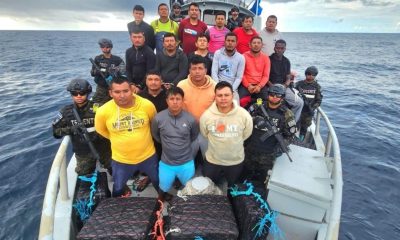
 Central America2 days ago
Central America2 days agoEl Salvador ranks among top countries in the Americas in fight against organized crime
-
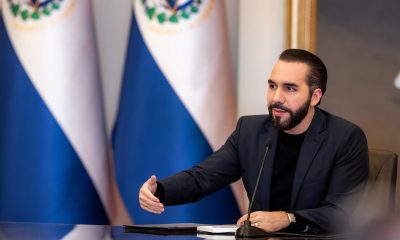
 Central America2 days ago
Central America2 days agoBukele says AI partnership with xAI will transform public education in El Salvador
-

 Central America1 day ago
Central America1 day agoArrests and clashes in Tegucigalpa as vote count continues after Honduras election
-
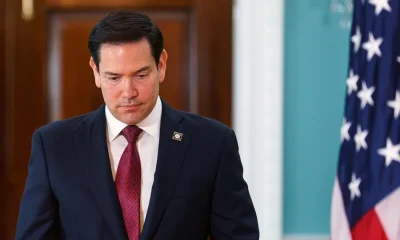
 International1 day ago
International1 day agoRubio rules out 2028 presidential bid if Vance runs
-
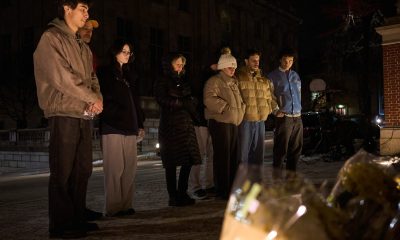
 International1 day ago
International1 day agoAuthorities search for armed and dangerous suspect in fatal Brown University attack

























